The early morning sun spreads a golden light over the wooden houses in the middle of U Soc village. From afar, the sound of roosters crowing mixed with the sound of trumpets and drums echoes from the house of artisan Trieu Van Kim - who is respectfully called "the shaman of the village" by the locals.
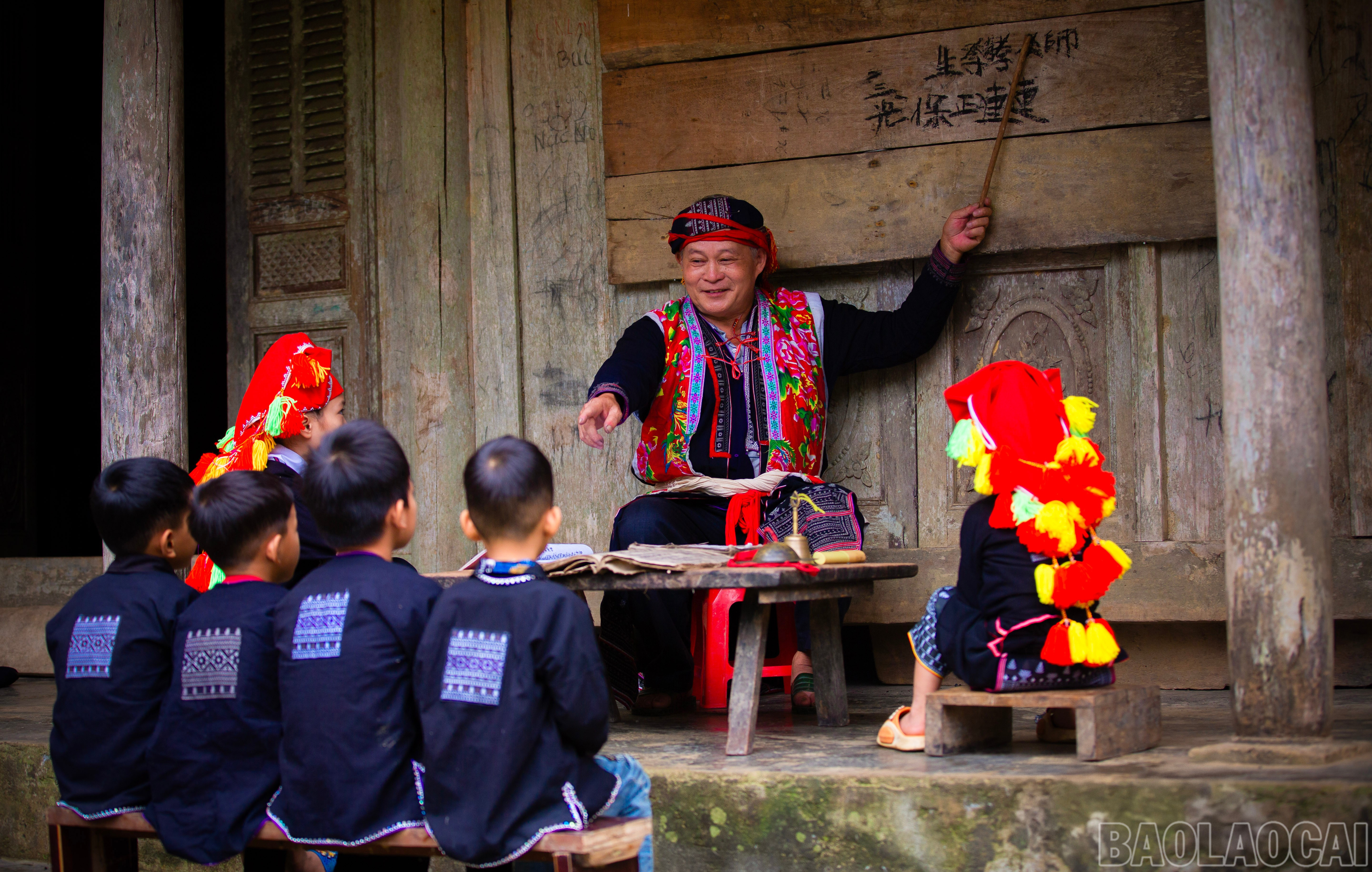
Mr. Trieu Van Kim is nearly 70 years old this year, has been a shaman for more than forty years, and is also the person who is preserving the Nom Dao script - the cultural treasure of the Red Dao people.
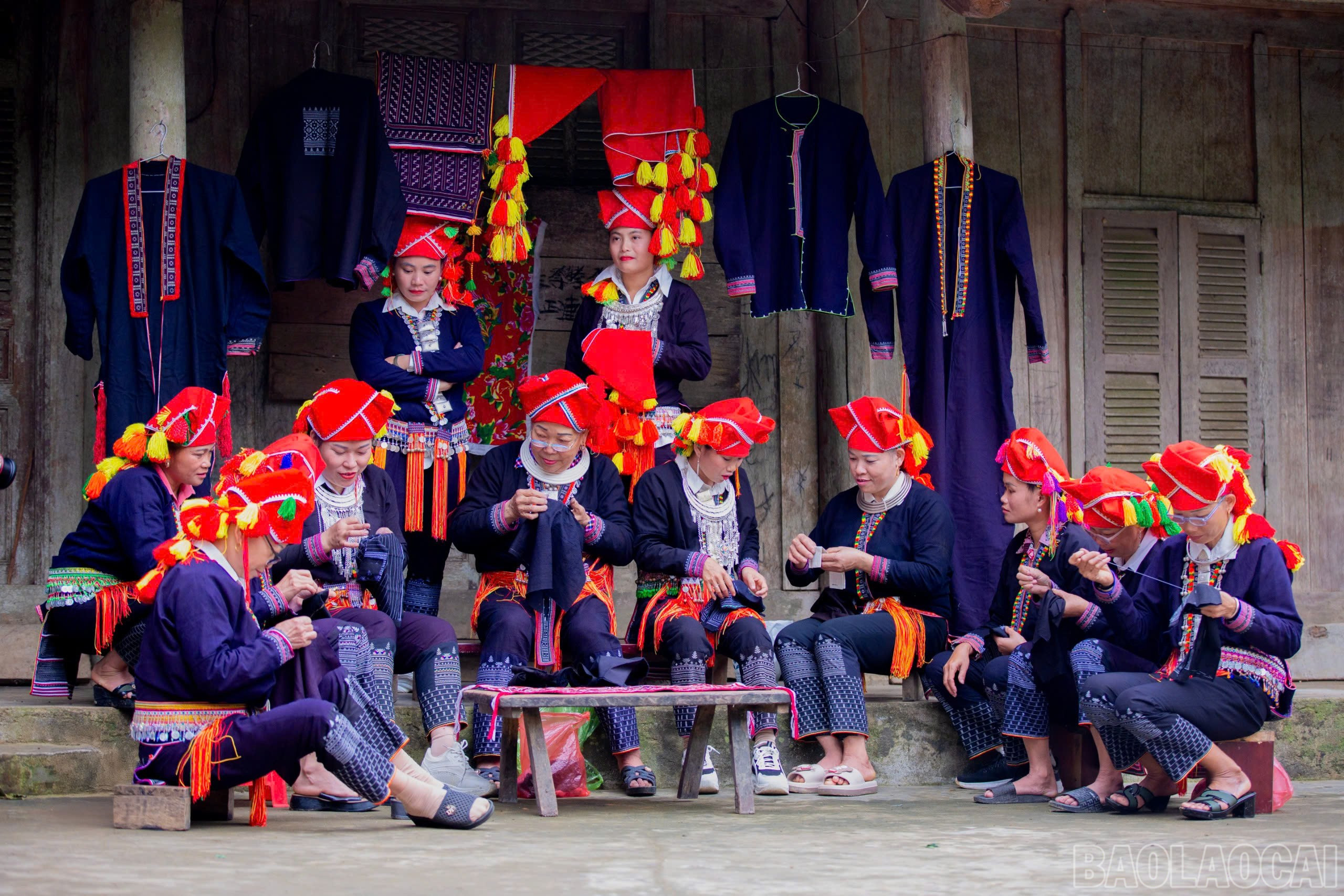
U Soc village has 72 households, of which the Red Dao people account for more than 40%. Life here still retains the primitive features of the mountainous region, the Red Dao women in red and silver thread embroidered costumes with delicate patterns woven by hand on wooden looms. Each needle and thread tells a story about their origin, their ancestors and their rich spiritual life.
In the morning, in the lingering smoke from the kitchen, people saw Mr. Kim carefully opening the old wooden chest stained with time. Inside were ancient books written in Nom Dao script - a hieroglyphic script created by the Dao ancestors to record rituals, ancient stories, prayers, love songs and folk knowledge.
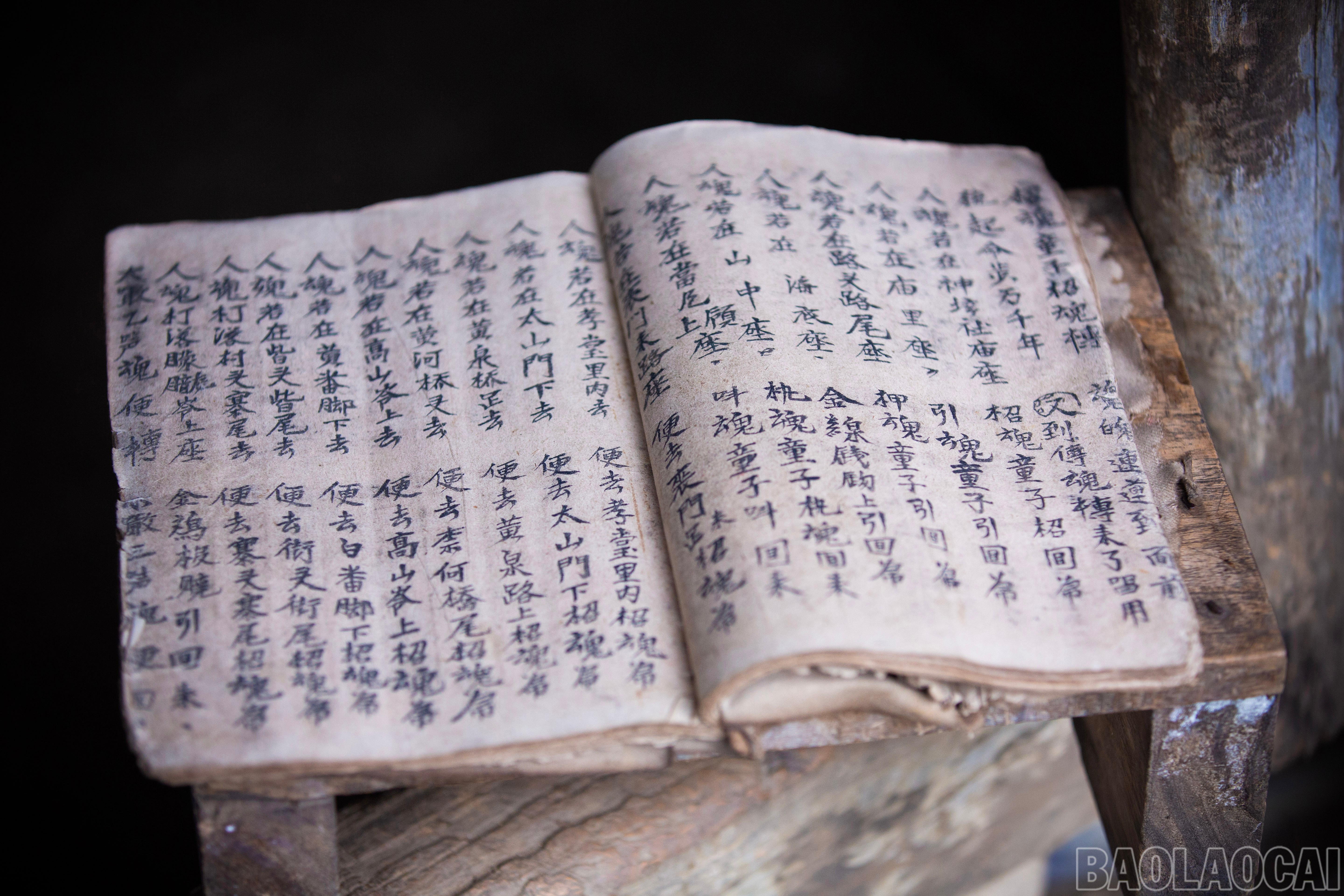
Talking to us, Mr. Kim's eyes lit up with pride: "Nom Dao script is not just a written language, but the soul of our nation. If it is not passed down, future generations will forget how to read, forget the ordination ceremony, forget who taught them to be kind to their ancestors."

In the small house, the flickering firelight shines on the old pages, illuminating each curved stroke like tree roots, like flowing water. The children learn to read, write and understand those ancient lines. They see it as a way to preserve their identity in the midst of a modern life that is constantly changing.
The Dao U Soc people not only preserve their ancient writing, but also the love songs that resonate on moonlit nights, where boys and girls respond to each other with songs and verses. They still maintain the Cap Sac ceremony - a sacred coming-of-age ceremony for Dao men, affirming the bond between humans and gods. Each ritual and each prayer is accompanied by Dao Nom script as a witness to tradition.
Mr. Kim said that in the past, to become a shaman, one had to study for many years and memorize hundreds of ancient scriptures. Some people studied for up to ten years to understand enough to perform the ritual. His father also taught him every stroke of the script and every prayer, and then he spent his whole life copying books and teaching them to the younger generation.
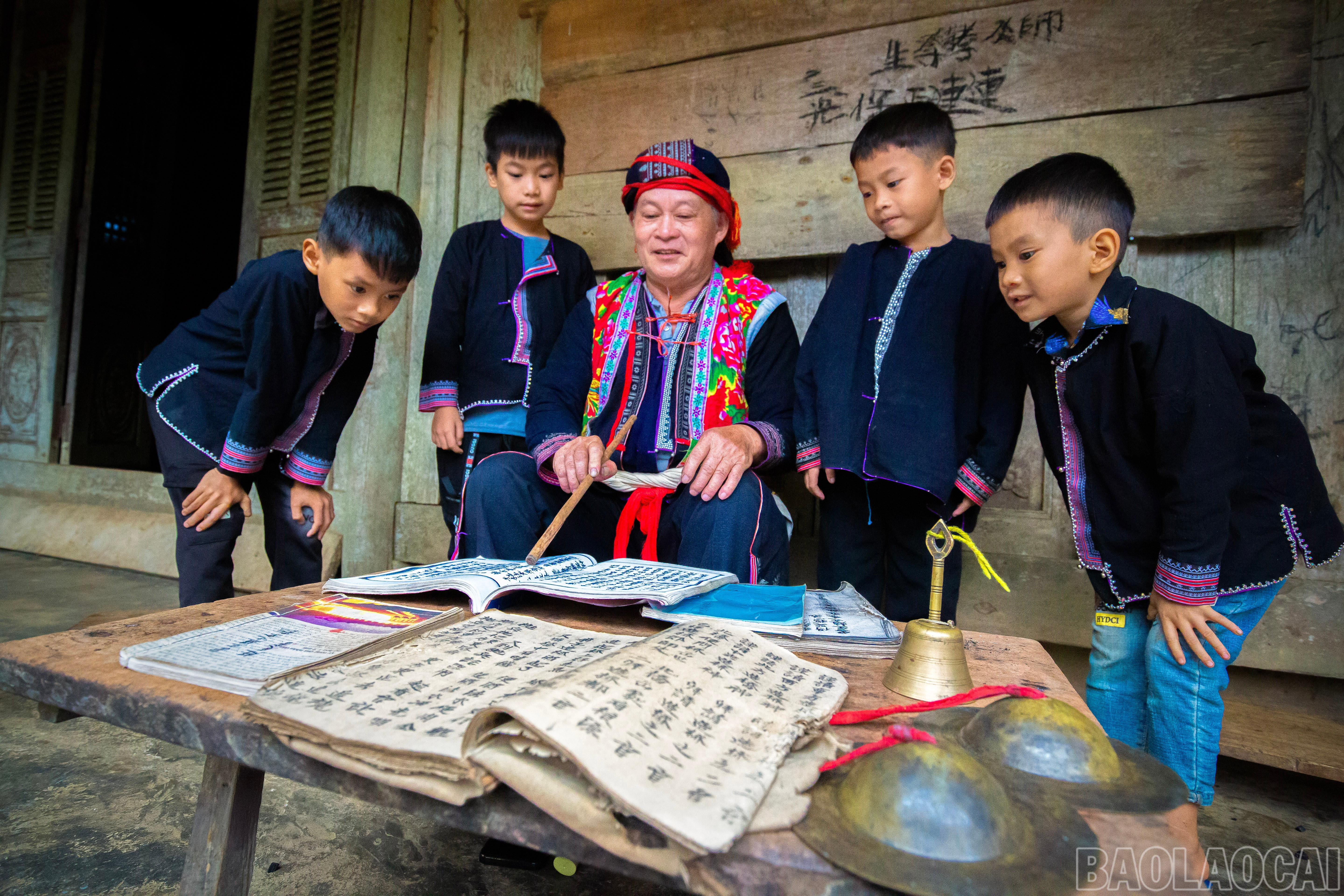
Despite his old age, shaky hands and dim eyes, he still devoted much effort to passing on the language to his descendants in the village. “If this language is lost, the history of the Dao people will be lost,” Mr. Kim said softly, gently stroking the worn-out page.
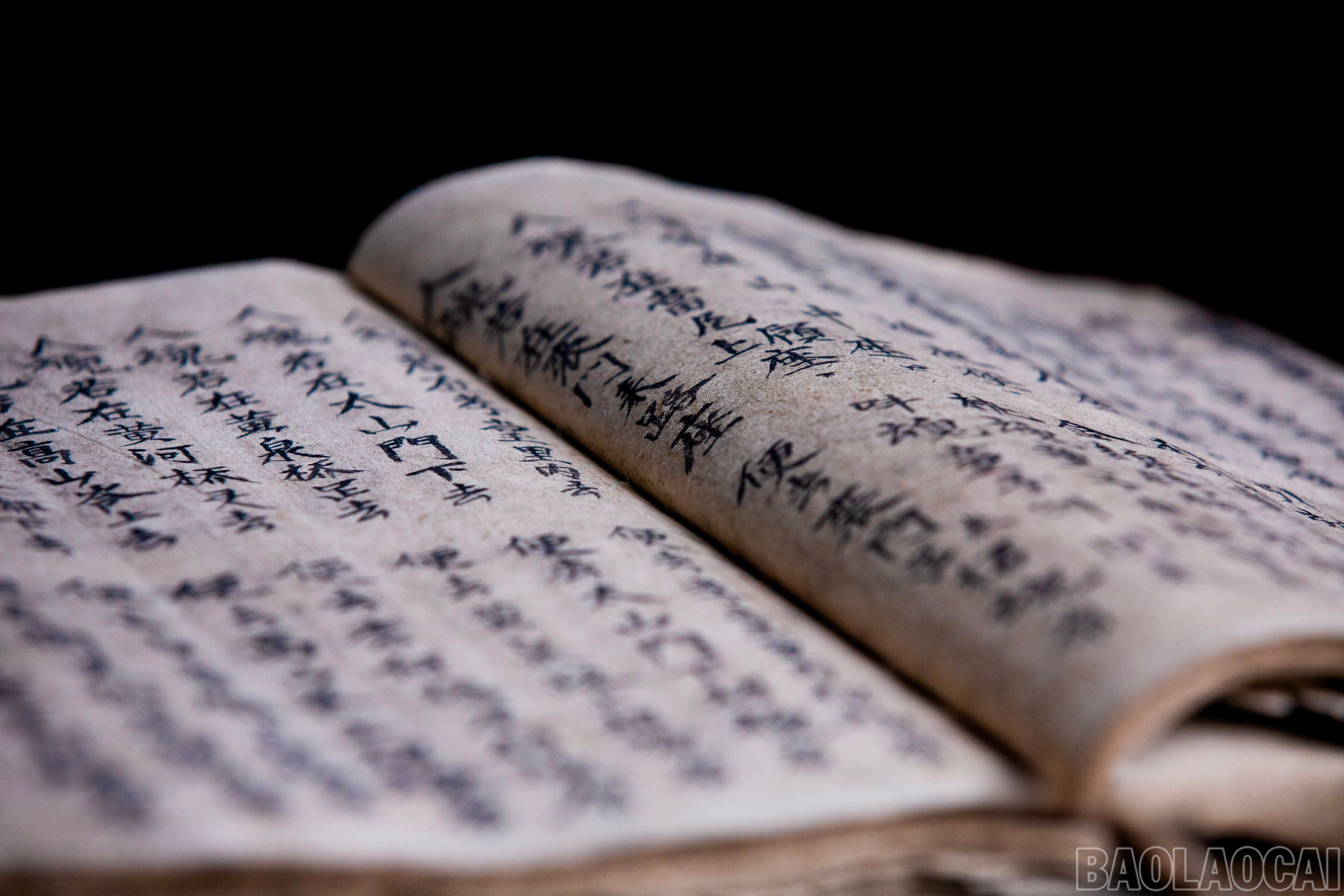
The ancient pages of artisan Trieu Van Kim continue to be preserved, copied, and cherished like treasures. Each stroke of the pen, each page is not only knowledge but also the breath of history, a bridge between the past and the present, between ancestors and descendants.
Source: https://baolaocai.vn/mach-nguon-van-hoa-dan-toc-dao-do-ou-soc-post885996.html





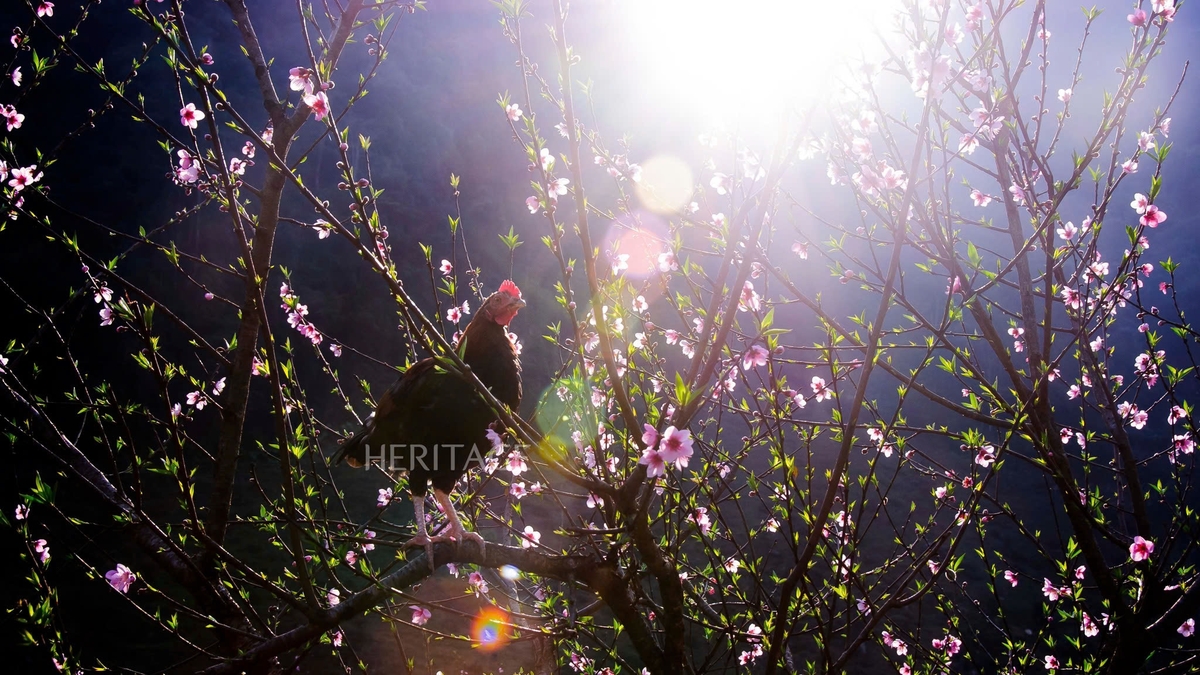

![[Photo] Closing of the 14th Conference of the 13th Party Central Committee](https://vphoto.vietnam.vn/thumb/1200x675/vietnam/resource/IMAGE/2025/11/06/1762404919012_a1-bnd-5975-5183-jpg.webp)
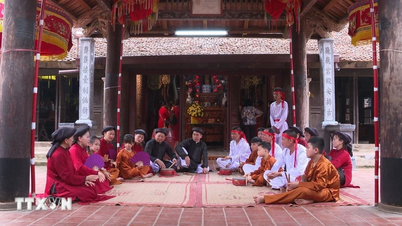

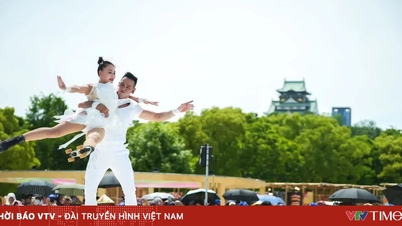














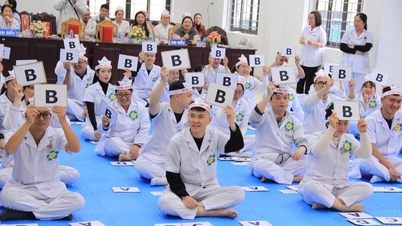









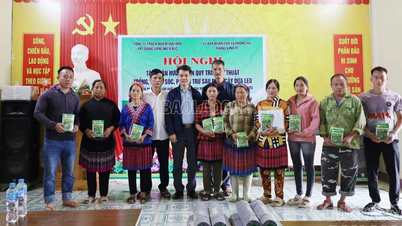

















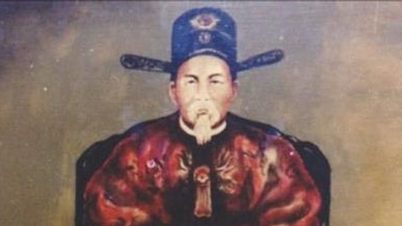











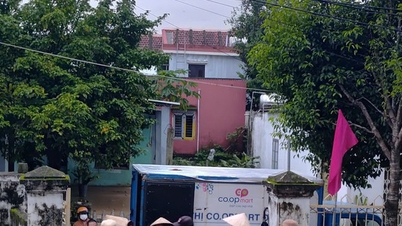






























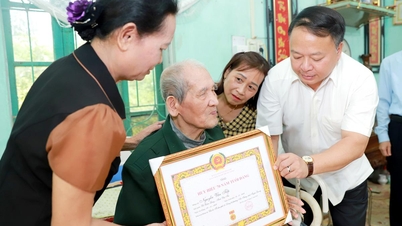


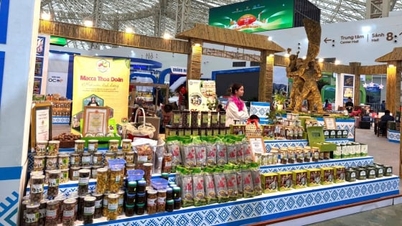











Comment (0)